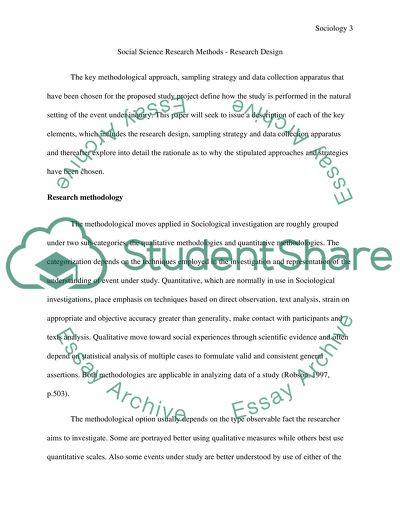Cite this document
(“Social Science Research Methods - Research Design Essay”, n.d.)
Retrieved from https://studentshare.org/sociology/1438363-social-science-research-methods-research-design
Retrieved from https://studentshare.org/sociology/1438363-social-science-research-methods-research-design
(Social Science Research Methods - Research Design Essay)
https://studentshare.org/sociology/1438363-social-science-research-methods-research-design.
https://studentshare.org/sociology/1438363-social-science-research-methods-research-design.
“Social Science Research Methods - Research Design Essay”, n.d. https://studentshare.org/sociology/1438363-social-science-research-methods-research-design.


